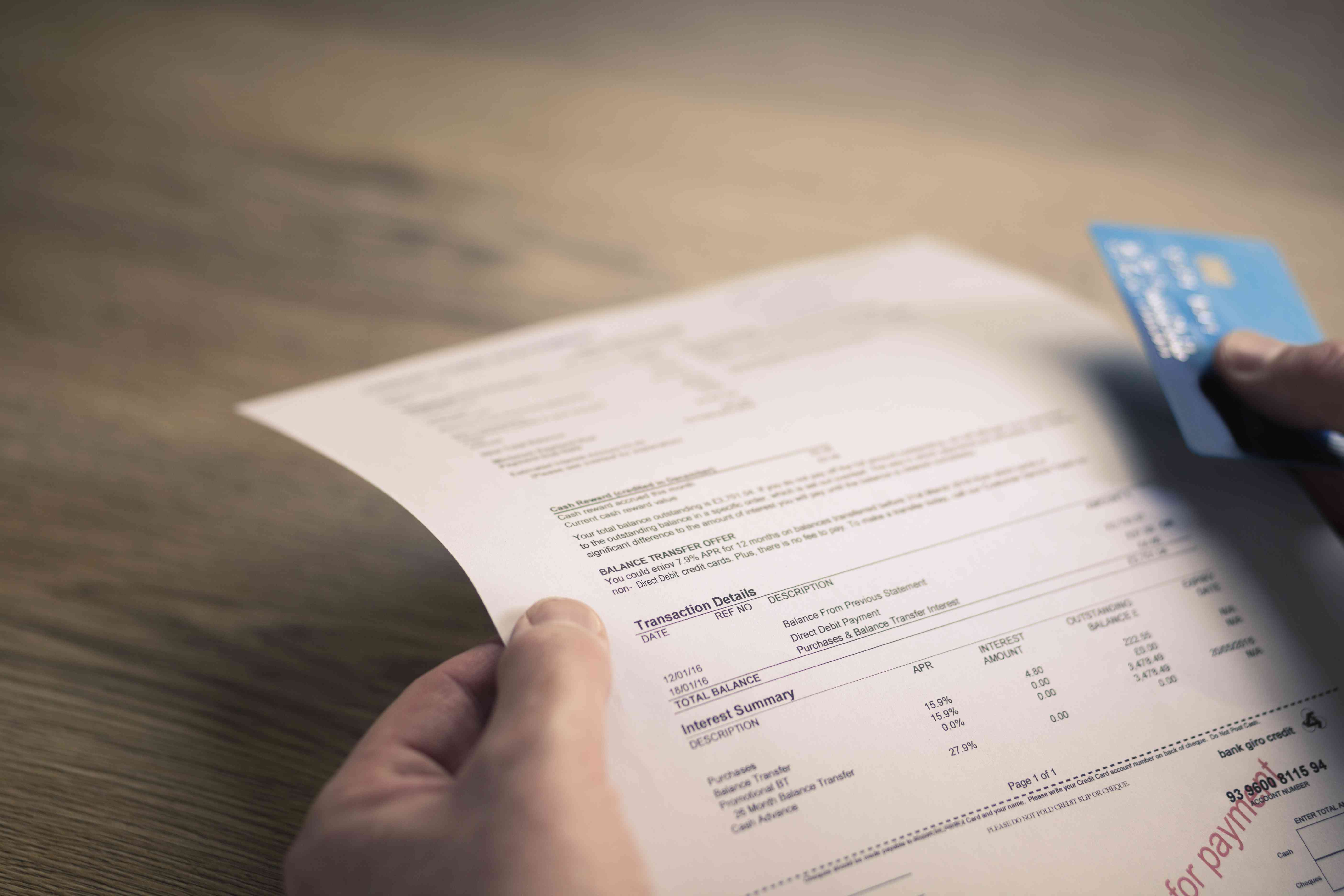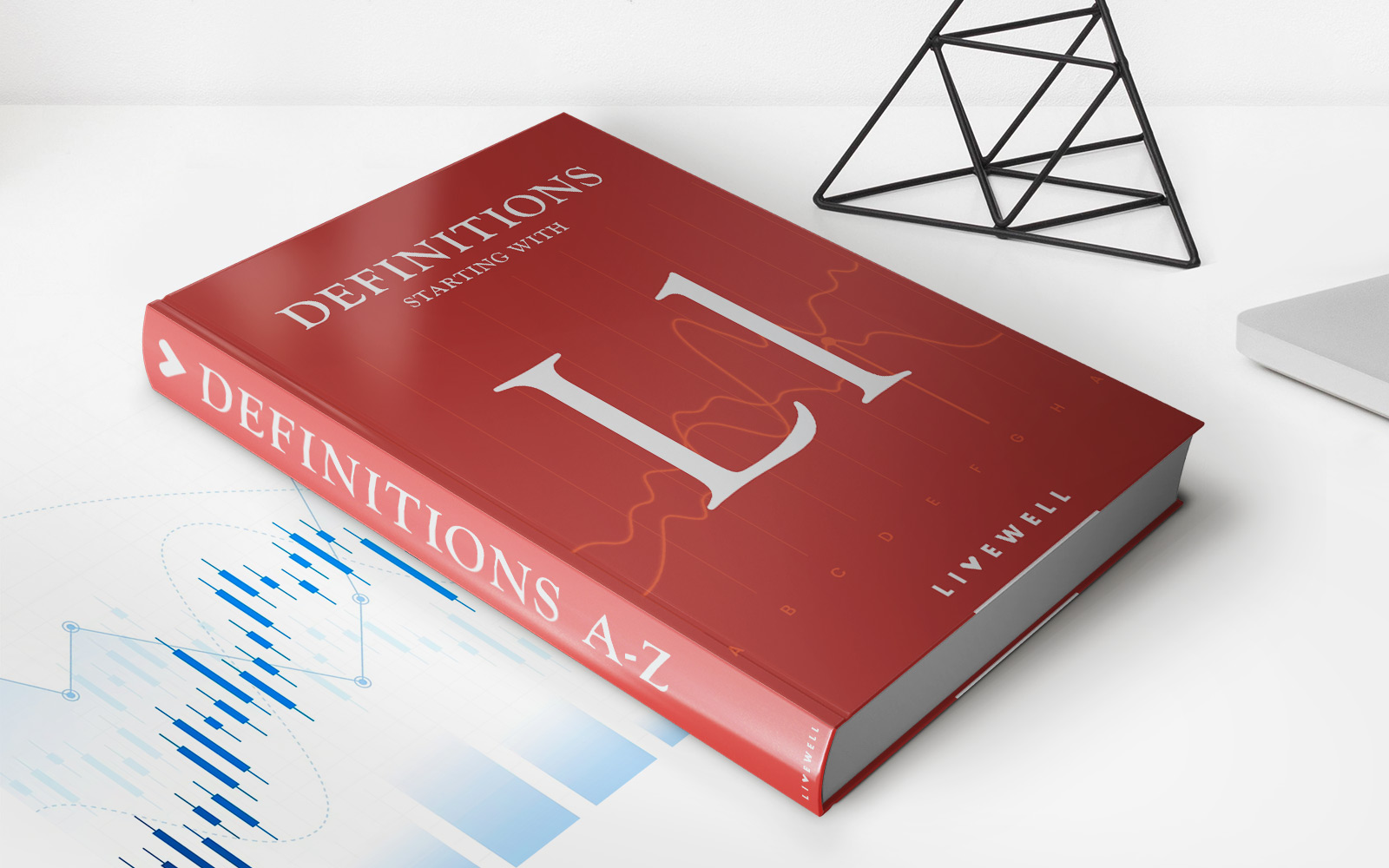Home>Finance>What Is The Average Minimum Payment For Student Loans $130,000


Finance
What Is The Average Minimum Payment For Student Loans $130,000
Published: February 27, 2024
Learn about the average minimum payment for student loans of $130,000 and how it impacts your finances. Understand the importance of managing student loan payments for your financial well-being.
(Many of the links in this article redirect to a specific reviewed product. Your purchase of these products through affiliate links helps to generate commission for LiveWell, at no extra cost. Learn more)
Table of Contents
Understanding the Average Minimum Payment for Student Loans
Introduction
Student loans have become a ubiquitous aspect of pursuing higher education, providing the means for countless individuals to access academic opportunities. However, the financial burden associated with student loans often extends well beyond graduation, impacting borrowers for years to come. One crucial aspect of managing student loan debt is understanding the average minimum payment required to keep the loans in good standing.
Navigating the complexities of student loan minimum payments is essential for borrowers aiming to maintain their financial stability while repaying their educational debts. This article aims to provide a comprehensive overview of the average minimum payment for student loans, specifically focusing on a debt amount of $130,000. By delving into the factors influencing minimum payments and offering strategies for effectively managing this financial obligation, readers will gain valuable insights into handling their student loan debt responsibly.
Throughout this exploration, we will uncover the intricacies of student loan minimum payments, shedding light on the factors that determine these amounts and the strategies available to borrowers seeking to manage their financial responsibilities effectively. Understanding the average minimum payment for student loans, especially when dealing with a substantial debt load, is crucial for individuals striving to achieve long-term financial well-being while repaying their educational loans. Let's delve into the details to gain a deeper understanding of this significant aspect of student loan management.
Understanding Student Loan Minimum Payments
Student loan minimum payments represent the lowest amount that borrowers must pay each month to keep their loans in good standing. These payments are typically determined by the terms of the loan agreement and are based on various factors, including the total loan amount, interest rate, and repayment period. It’s important for borrowers to comprehend the dynamics of minimum payments to effectively manage their student loan debt.
When borrowers enter into a student loan agreement, they commit to repaying the borrowed amount along with any accrued interest. The minimum payment is designed to ensure that borrowers make regular contributions towards their outstanding balance, preventing the loans from falling into delinquency or default. Understanding the components that influence minimum payments is crucial for borrowers striving to fulfill their financial obligations while maintaining their overall financial health.
Factors such as the total loan amount, interest rate, and repayment term significantly impact the minimum payment required each month. Higher loan amounts typically result in larger minimum payments, as borrowers are expected to make more substantial contributions towards repaying the principal balance and interest. Additionally, loans with higher interest rates generally necessitate larger minimum payments to effectively address the accruing interest and reduce the outstanding balance over time.
Furthermore, the chosen repayment plan can also influence the minimum payment amount. For instance, borrowers enrolled in income-driven repayment plans may experience lower minimum payments, as these plans consider the borrower’s income and family size when determining the monthly obligation. On the other hand, borrowers on standard or graduated repayment plans may face higher minimum payments, reflecting a more aggressive approach to repaying the loans within a specific timeframe.
Understanding the nuances of student loan minimum payments empowers borrowers to make informed decisions regarding their financial resources and budgeting strategies. By comprehending the factors that contribute to minimum payments, individuals can proactively manage their student loan debt, ensuring that they meet their repayment obligations while maintaining their overall financial well-being.
Factors Affecting Minimum Payments
Several key factors influence the minimum payments required for student loans, playing a significant role in determining the monthly financial obligations of borrowers. Understanding these factors is essential for individuals seeking to effectively manage their student loan debt and make informed decisions regarding their repayment strategies.
- Total Loan Amount: The total amount borrowed significantly impacts the minimum payment, with higher loan amounts correlating to larger minimum monthly obligations. Borrowers with substantial student loan debt are likely to face higher minimum payments, reflecting the need to make more significant contributions towards repaying the borrowed sum and accrued interest.
- Interest Rate: The interest rate attached to the student loans directly influences the minimum payment amount. Higher interest rates result in larger minimum payments, as borrowers are required to address the accruing interest and make progress towards reducing the outstanding balance. Understanding the impact of interest rates on minimum payments is crucial for borrowers aiming to manage their financial obligations effectively.
- Repayment Plan: The chosen repayment plan also affects the minimum payment. For instance, income-driven repayment plans consider the borrower’s income and family size, potentially resulting in lower minimum payments. On the other hand, standard or graduated repayment plans may lead to higher minimum payments, reflecting a more aggressive approach to repaying the loans within a specific timeframe.
- Loan Term: The duration of the repayment period influences the minimum payment, with longer repayment terms often resulting in lower minimum payments. However, extending the repayment period may lead to higher overall interest costs. Shorter loan terms typically require higher minimum payments but result in reduced interest expenses over the life of the loan.
By considering these factors, borrowers can gain a comprehensive understanding of the dynamics that shape their minimum payments, enabling them to make informed decisions regarding their repayment strategies. Effectively managing student loan debt involves assessing these factors and implementing strategies to meet minimum payment requirements while striving to achieve long-term financial stability.
Average Minimum Payment for $130,000 in Student Loans
When faced with a substantial student loan debt of $130,000, borrowers often encounter significant monthly minimum payment requirements. The average minimum payment for this level of student loan debt is influenced by various factors, including the total loan amount, interest rate, and chosen repayment plan. Understanding the typical minimum payment for a $130,000 student loan debt is crucial for individuals navigating the complexities of student loan repayment.
For federal student loans, the standard repayment plan typically spans 10 years, requiring borrowers to make fixed monthly payments. With a $130,000 loan amount and assuming a 6% interest rate, the average minimum payment would amount to approximately $1,444 per month. This calculation is based on a standard repayment plan, resulting in consistent monthly payments throughout the 10-year term.
Alternatively, borrowers may opt for income-driven repayment plans, such as Income-Based Repayment (IBR) or Pay As You Earn (PAYE), which calculate minimum payments based on the borrower’s income and family size. Under an income-driven plan, the minimum payment for a $130,000 loan amount can vary significantly, potentially resulting in lower monthly obligations based on the borrower’s financial circumstances.
Private student loans may offer varying repayment terms and structures, impacting the average minimum payment for a $130,000 loan amount. Depending on the lender and the terms of the private loan agreement, borrowers may experience different minimum payment requirements, often influenced by the interest rate, loan term, and repayment plan options available.
It’s important for borrowers facing a $130,000 student loan debt to carefully assess their repayment options, considering the potential minimum payments associated with different repayment plans and loan structures. By understanding the average minimum payment for this level of student loan debt, individuals can make informed decisions regarding their repayment strategies and budgeting efforts, aiming to fulfill their financial obligations while maintaining their overall financial well-being.
Strategies for Managing Student Loan Payments
Effectively managing student loan payments is essential for borrowers striving to navigate their financial obligations while maintaining their overall financial well-being. Several strategies can help individuals proactively address their student loan debt and meet their minimum payment requirements, ensuring responsible and sustainable repayment.
- Income-Driven Repayment Plans: For federal student loans, enrolling in income-driven repayment plans can provide relief by adjusting the minimum payment based on the borrower’s income and family size. This approach can result in lower monthly obligations, particularly for individuals facing financial challenges.
- Refinancing and Consolidation: Exploring options to refinance or consolidate student loans can lead to more favorable terms, potentially reducing the interest rate and extending the repayment period. This may result in lower minimum payments and improved manageability of the overall debt burden.
- Budgeting and Financial Planning: Developing a comprehensive budget and financial plan can empower borrowers to allocate resources effectively towards meeting their minimum payment requirements. Prioritizing student loan payments within the broader financial landscape can help ensure timely and consistent contributions towards the debt.
- Additional Income and Windfalls: Supplementing regular income with additional sources, such as part-time work or freelance opportunities, can create surplus funds to allocate towards student loan payments. Windfalls, such as tax refunds or bonuses, can also be directed towards reducing the outstanding loan balance.
- Communication with Lenders: Open communication with loan servicers can be beneficial, especially when facing financial hardship. Lenders may offer alternative repayment arrangements or temporary forbearance options to assist borrowers in managing their student loan payments during challenging periods.
By implementing these strategies, borrowers can take proactive steps towards managing their student loan payments effectively, ensuring that they meet their minimum payment requirements while striving to achieve long-term financial stability. Each strategy offers unique benefits and considerations, empowering individuals to navigate the complexities of student loan repayment with confidence and informed decision-making.
Conclusion
Navigating the landscape of student loan minimum payments is a critical aspect of managing the financial responsibilities associated with higher education. Understanding the average minimum payment for student loans, particularly when facing a substantial debt amount such as $130,000, empowers borrowers to make informed decisions regarding their repayment strategies and overall financial well-being.
By comprehending the factors that influence minimum payments, including the total loan amount, interest rate, and chosen repayment plan, individuals can proactively address their student loan debt while striving to meet their minimum payment requirements. Exploring various strategies, such as income-driven repayment plans, refinancing, budgeting, and additional income sources, offers borrowers the tools to manage their student loan payments effectively, ensuring responsible and sustainable repayment.
Ultimately, the journey towards managing student loan payments involves a blend of financial acumen, proactive decision-making, and a commitment to long-term financial stability. By embracing these principles and leveraging the available strategies, borrowers can navigate their student loan obligations with confidence, aiming to achieve a balanced approach to debt management while pursuing their broader financial goals.
As individuals continue to engage with the complexities of student loan repayment, a comprehensive understanding of the average minimum payment for student loans serves as a cornerstone for informed financial management. By embracing this knowledge and leveraging the available resources, borrowers can embark on a path towards responsible and sustainable student loan repayment, fostering financial well-being and empowerment in the process.














